
views
This is a story about two Biharis and one Bahari. But this triangle has no love — lost, unrequited or undiscovered — only distrust and opportunism.
The two Biharis were part of a political clan from the beginning of their political careers, beginning in the run-up to Emergency. The clan was steeped in anti-Congressism and marked by pathological dislike for Indira Gandhi. Deposing her from power was priority and anyone was welcome to join the project. Even those who in time became ideological foes. The two Biharis, poles apart in temperament, worked together as part of this agreement.
But from the early years it was clear that proverb ek myaan mein do talwarein naheen rah sakte (two swords cannot be kept in one sheath) was true for them. There was little doubt that eventually Nitish Kumar and Lalu Prasad Yadav would have to part ways for they would be hurdle to each other's rise. But for that, the former had to wait for a decade and half – till April 1994 when he formed his breakaway group from the Janata Dal.
The Bahari was a late starter and did not become part of the proceedings till much later, even after Nitish had forged an alliance with the BJP. Narendra Modi was just a party apparatchik in the late 1990s when Nitish was already a cabinet minister in the Vajpayee government.
When Modi became Gujarat Chief Minister and triggered the mother of all political controversies with his handling of the post-Godhra communal violence in the state, Nitish stayed in the Vajpayee government though Ram Vilas Paswan, also a minister in the government, resigned in protest against Modi's continuance. For Nitish, Modi posed no threat till he remained a satrap.
In this triangle of three leaders, the relationship between Lalu and Modi has not changed with time and they remain as hostile to each other as always. Because he cosied with the two of them alternately throughout his career, the Bihar Chief Minister cannot rid himself of accusations that postures are a matter of convenience for him.
It all goes back to an apocryphal story in 1977 when frustration characterised Kumar's public behaviour after he lost his first electoral contest from Harnaut Assembly seat. Party colleagues, Lalu Yadav most significantly, had become legislators or parliamentarians and Nitish did not even have a party post at any level. Like most political hanger-ons, he lazed in the Indian Coffee House, talking for some time and then lapsing into silence.
At one point, irritability got the better of him and banging the table provided a flash of his ambition: "Satta prapt karoonga, by hook or crook, aur achchha kaam karoonga" (will acquire power by hook or crook and thereafter do good work). Whether he fulfilled the latter part of his statement is a matter of subjective assessment, but there is no denying that he stuck to the dictum of securing power by any means.
He still sticks to it!
Nitish may have entered the world of politics through the JP stir, but more than a decade later when he found his feet, had become a Member of Parliament and minister in the VP Singh government. In internal squabbles within Janata Dal in the post-Mandal era, he politically aligned with George Fernandes. Naturally, he picked up traits from his guru known famously for ideological flexibility.
In Indian political history, Fernandes can never be forgotten as the leader who deserted Morarji Desai within 50 hours of a stout defence in Parliament during the no-confidence motion against the Janata Party government. His melodramatic switch over to the Charan Singh camp may have been initially considered an instance of a leader squandering all self-respect. But over time, this became the norm and any leader not adept at changing camps is now a rarity.
Nitish's return to the NDA fold was preceded by almost a year of efforts to secure acceptance as the main challenger to Modi in 2019. With the Congress showing no signs of yielding this position to a satrap, and with Lalu showing repeatedly that because numbers were with him, he was the boss, Nitish faced the prospect of being a number two.
With central agencies mounting all-out assault on Lalu and his family, Nitish calculated that if he has to be junior partner, it is better if he tied his boat with the bigger ship.
His return to Modi's embrace will be humbling experience for Nitish. But like before, this cuddle, like all his previous ties, is unlikely to be a lasting one. Nothing comes free in the hurly-burly world of politics. BJP support to Nitish will come at a cost of reworking terms of its earlier alliance. BJP leaders have repeatedly underscored that in 2013 they had not broken ranks and the renegotiation of relationship is not at their behest.
Modi never forgives or forgets. A month before BJP named Modi as its leader in June 2013, Nitish told his biographer, journalist Sankarshan Thakur: Us vyakti par koi compromise nahi hoga. Jo vyakti desh ke logon mein bhay paida karta ho uski mahatvakaanksha ke liye apne usoolon ko sati nahi kar sakta. (There can be no compromise on that man. I am not prepared to sacrifice my principles at the altar of the ambitions of a man who creates fear in the minds of my countrymen).
Modi will not remind Nitish of these words and ask who has compromised now. But he is sure to remember them and act at a time and setting of his convenience. From a time when he aimed to be Numero Uno, Nitish will now battle to continue playing second fiddle.
(The author is a Delhi-based writer and journalist. He authored Narendra Modi: The Man, The Times and Sikhs: The Untold Agony of 1984. Twitter handle: @NilanjanUdwin)











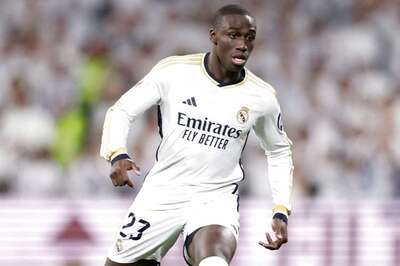
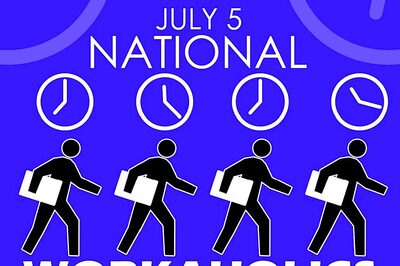
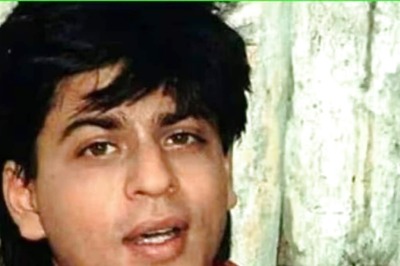

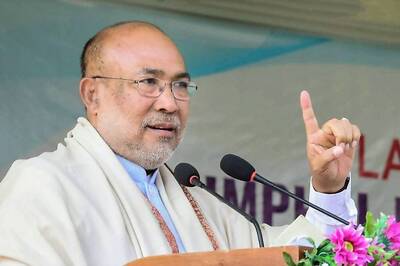


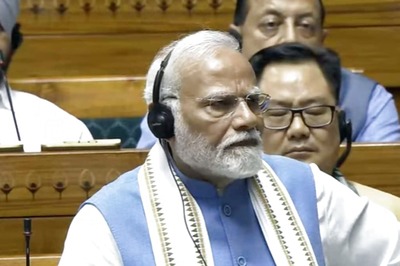

Comments
0 comment